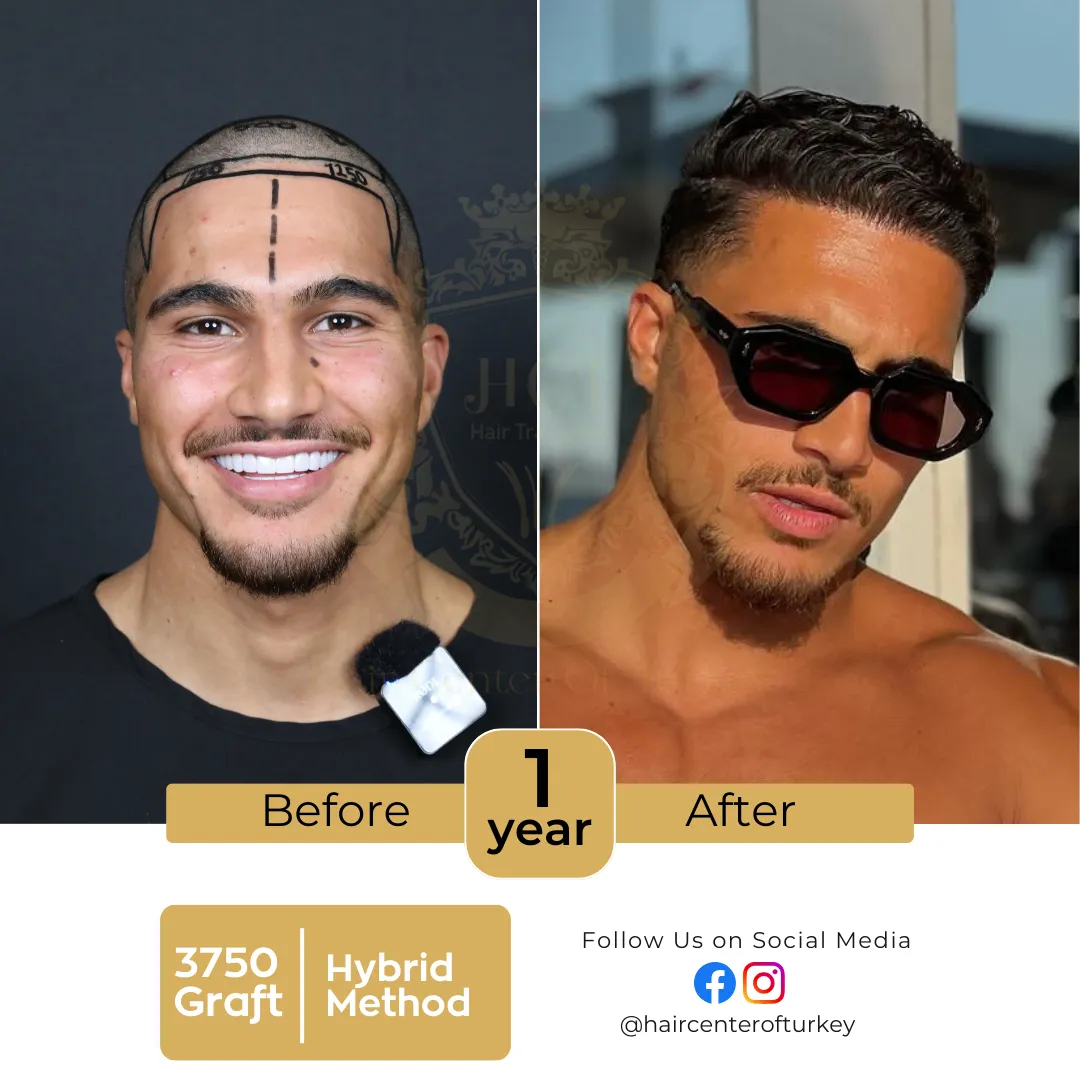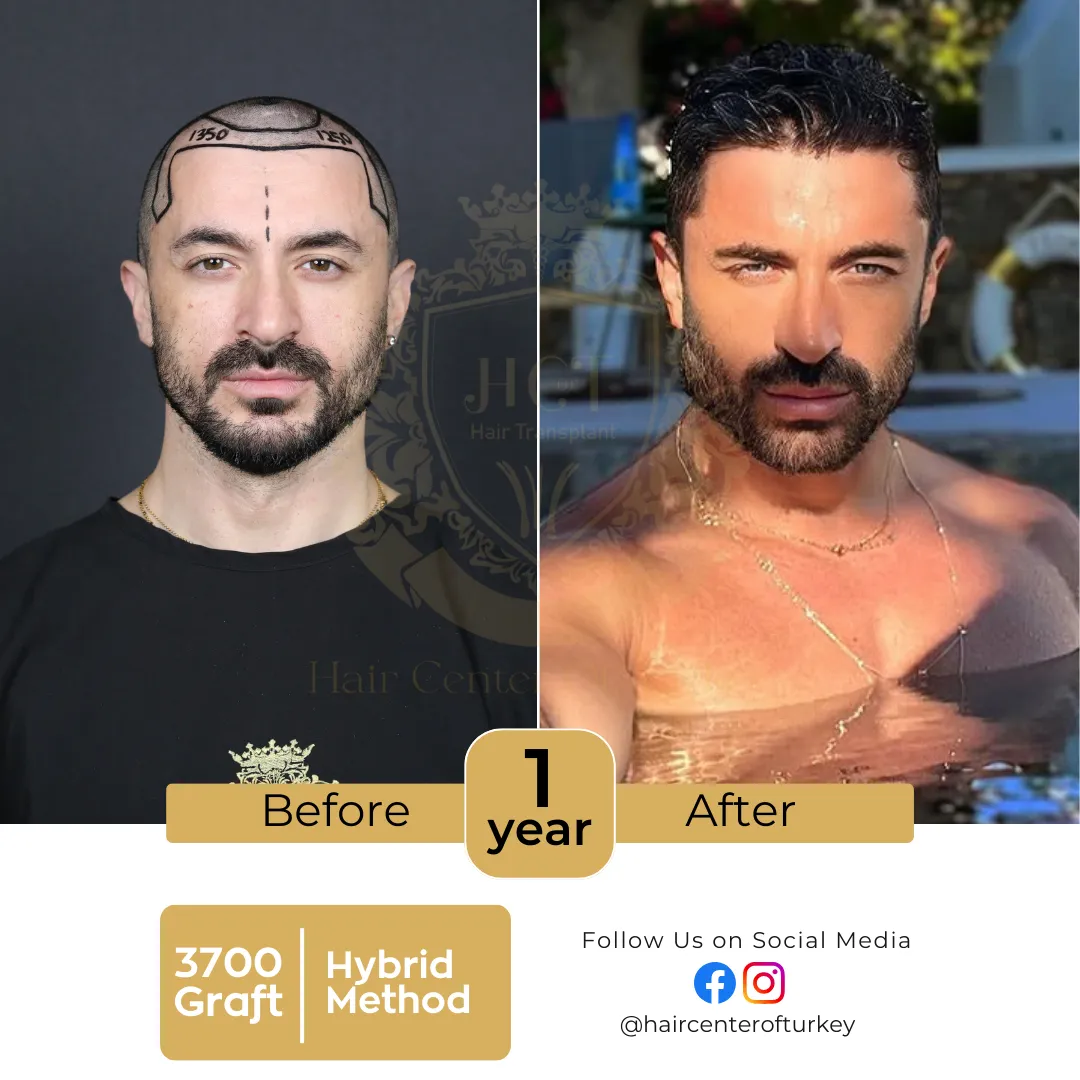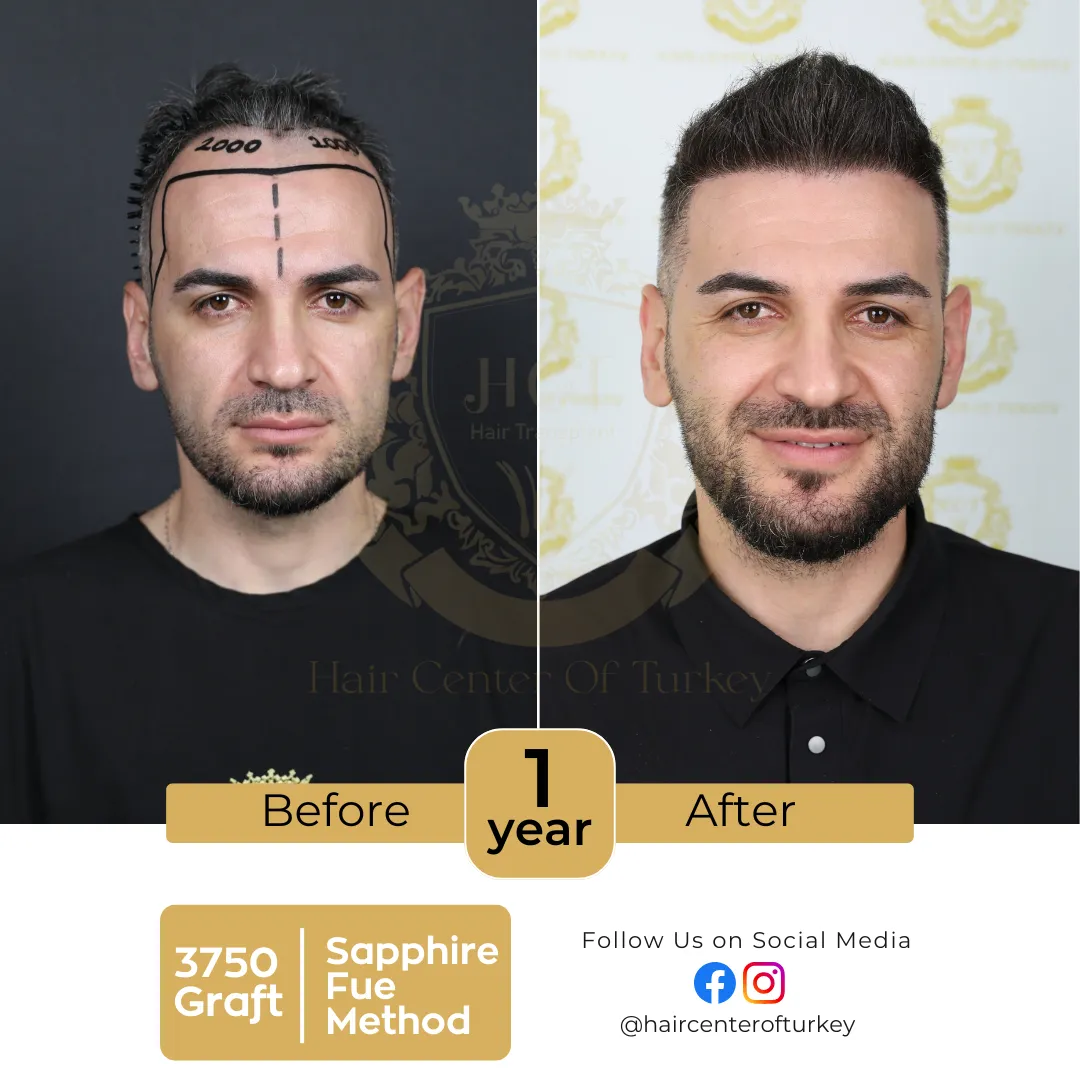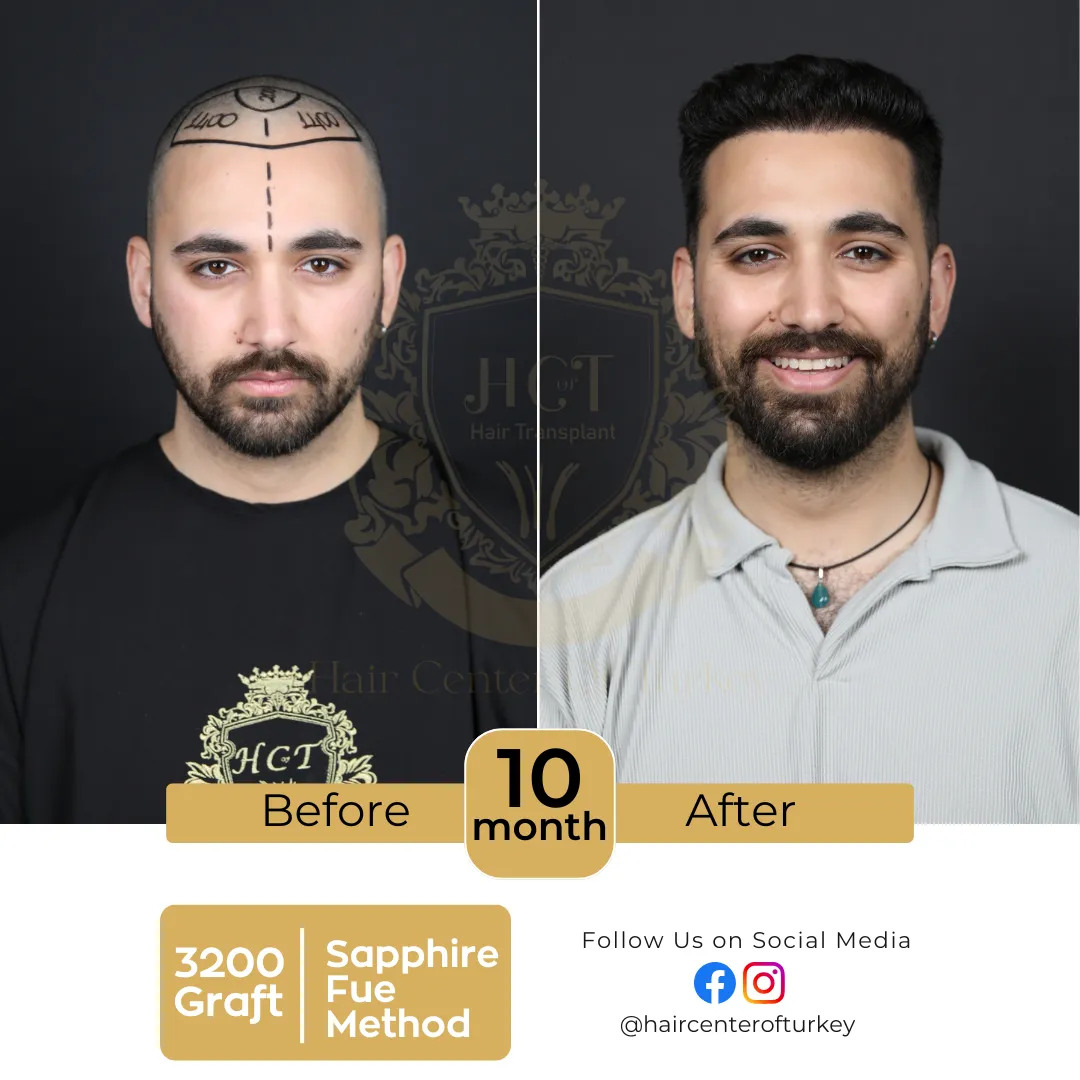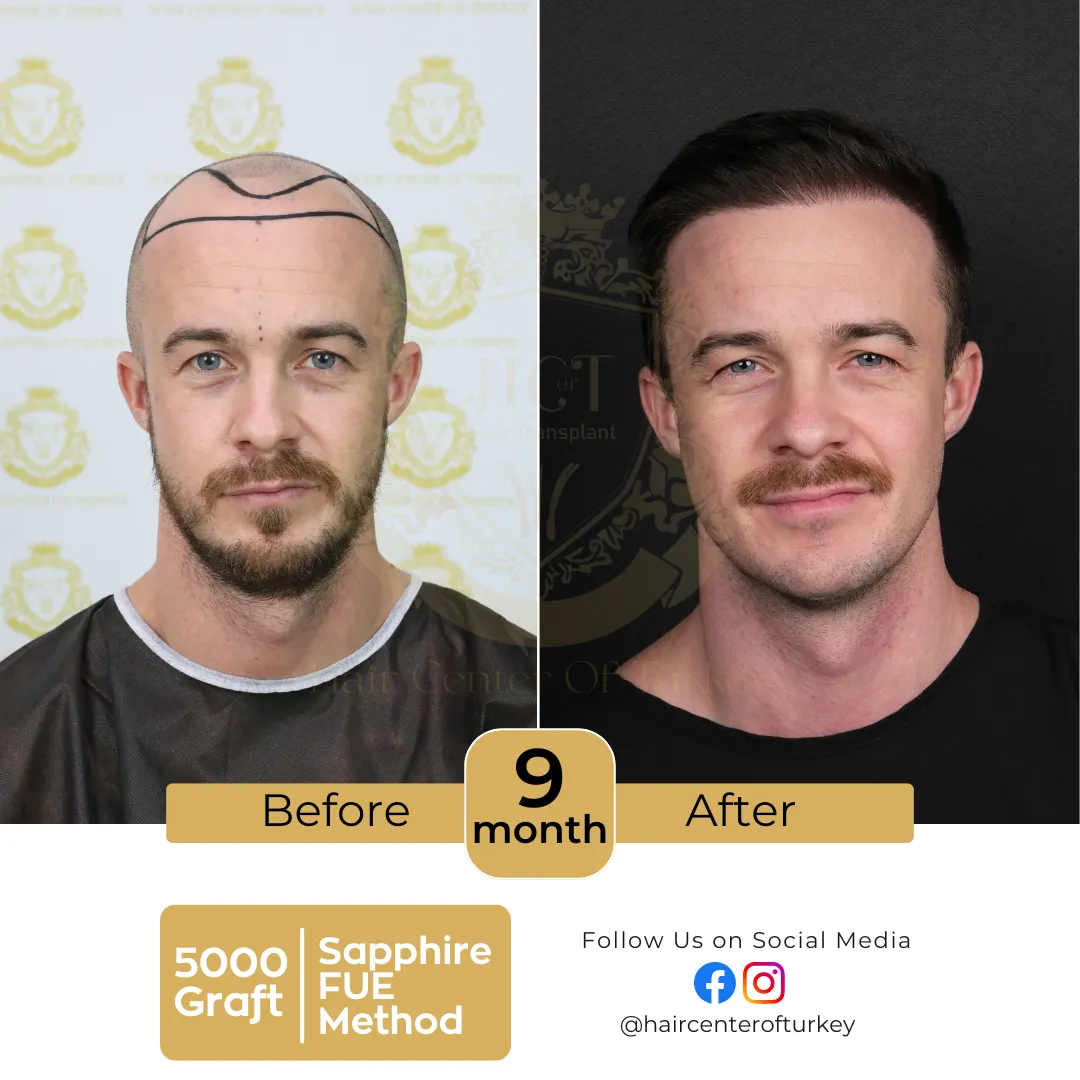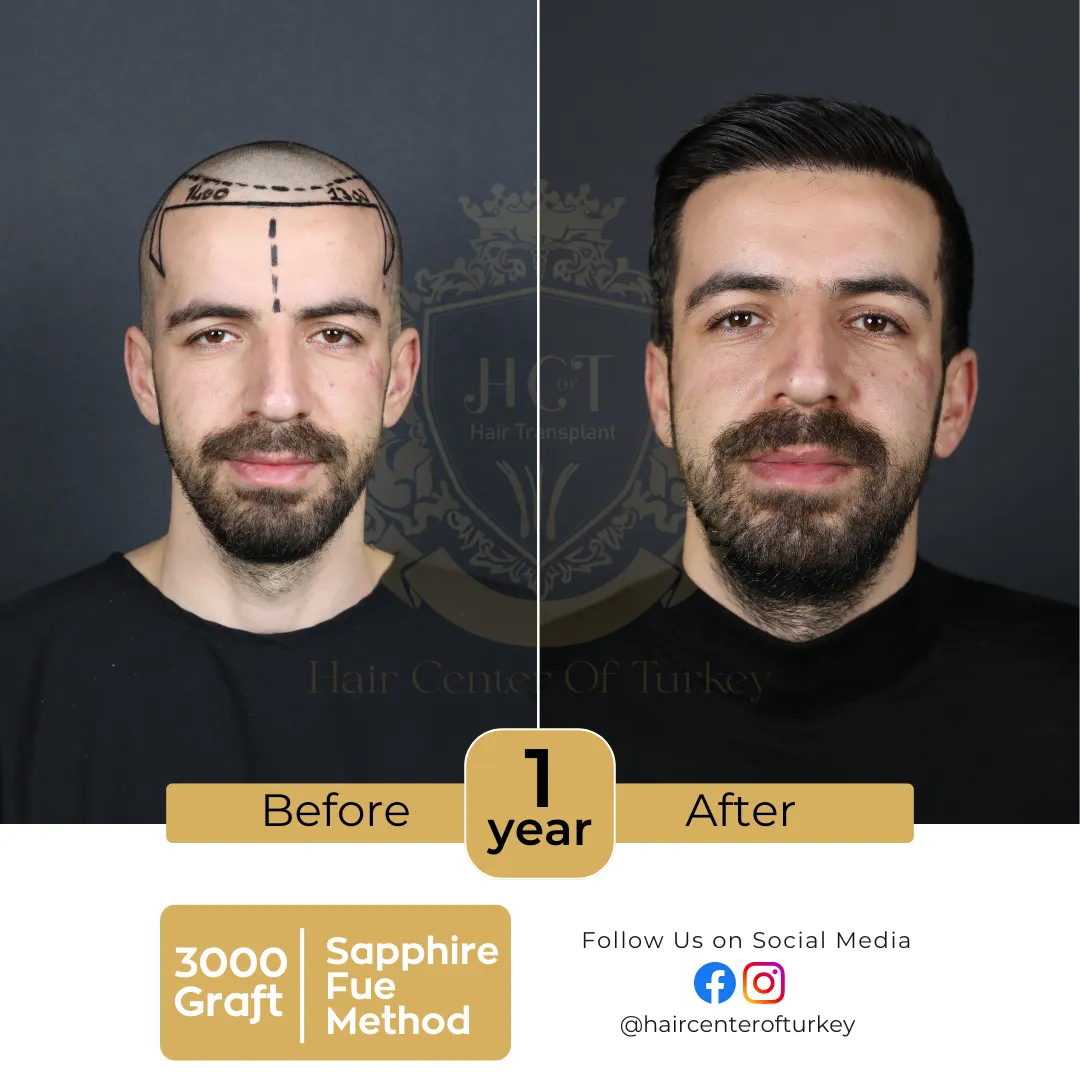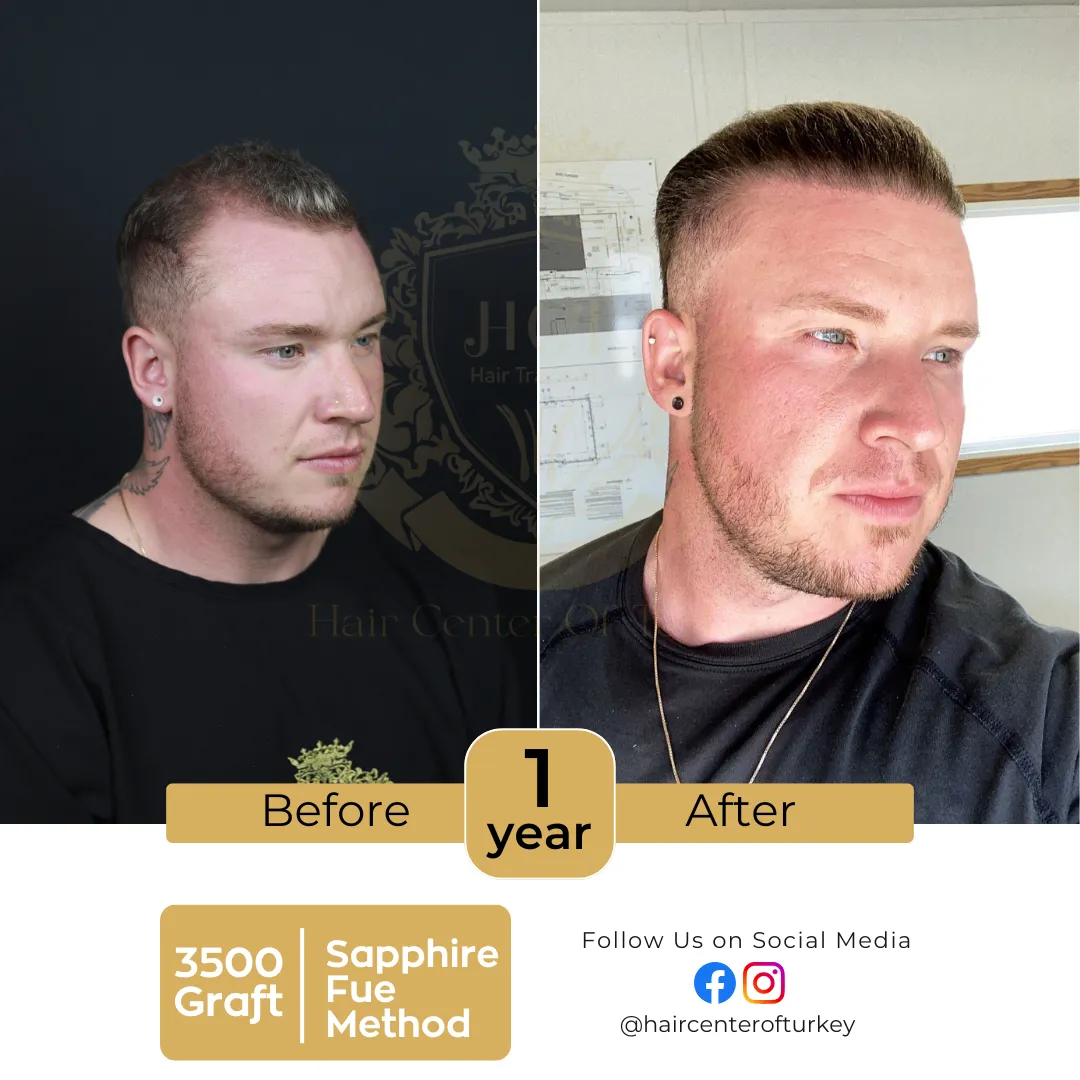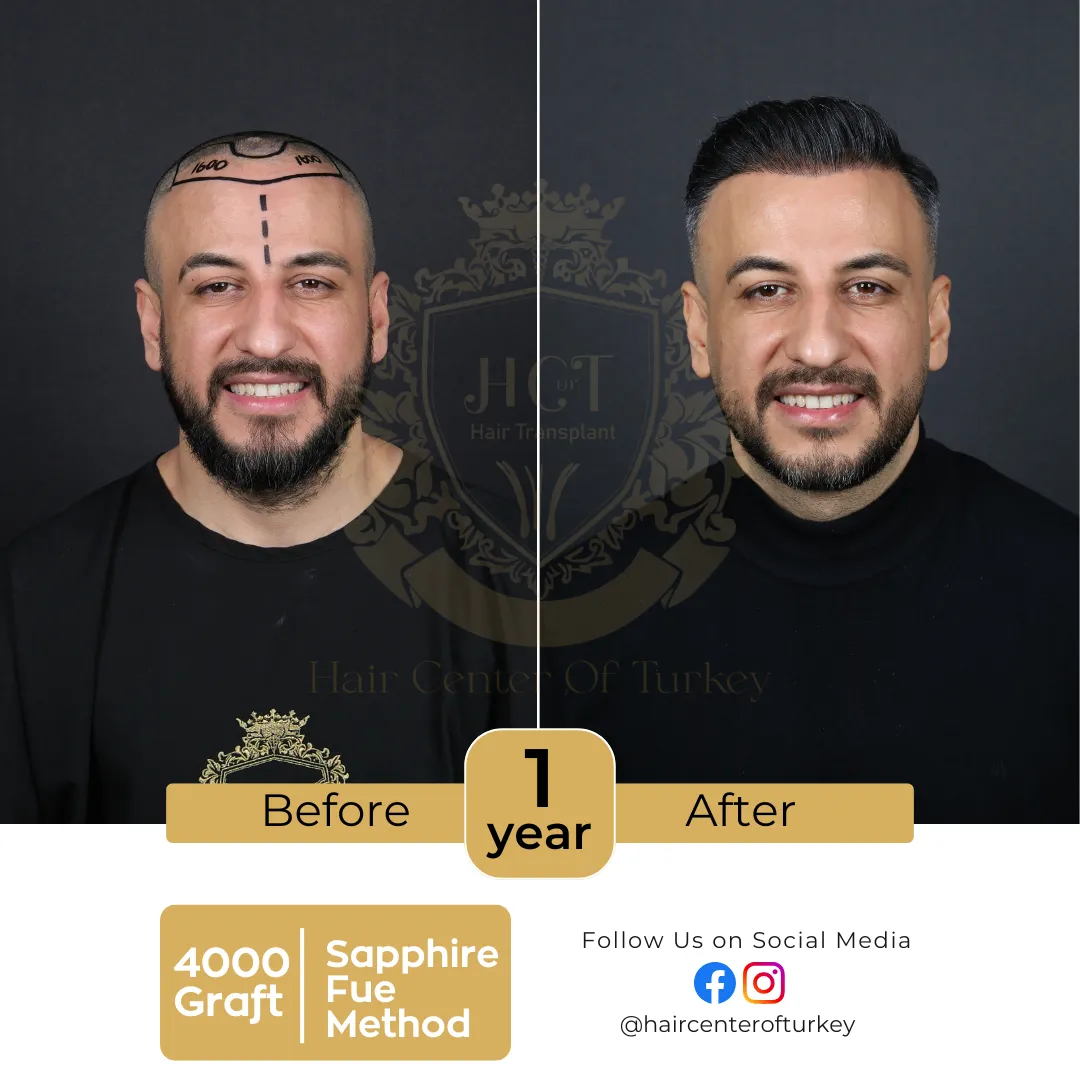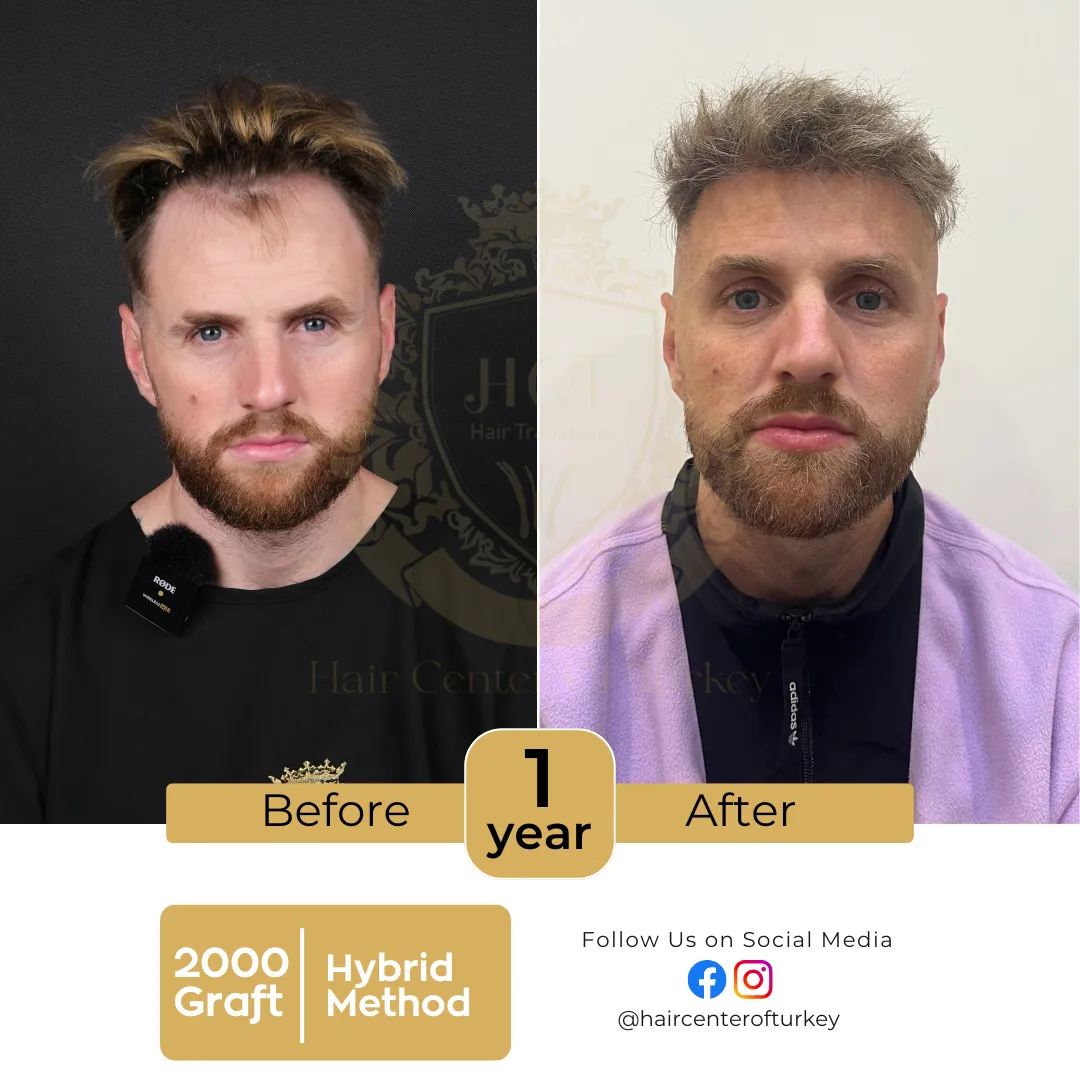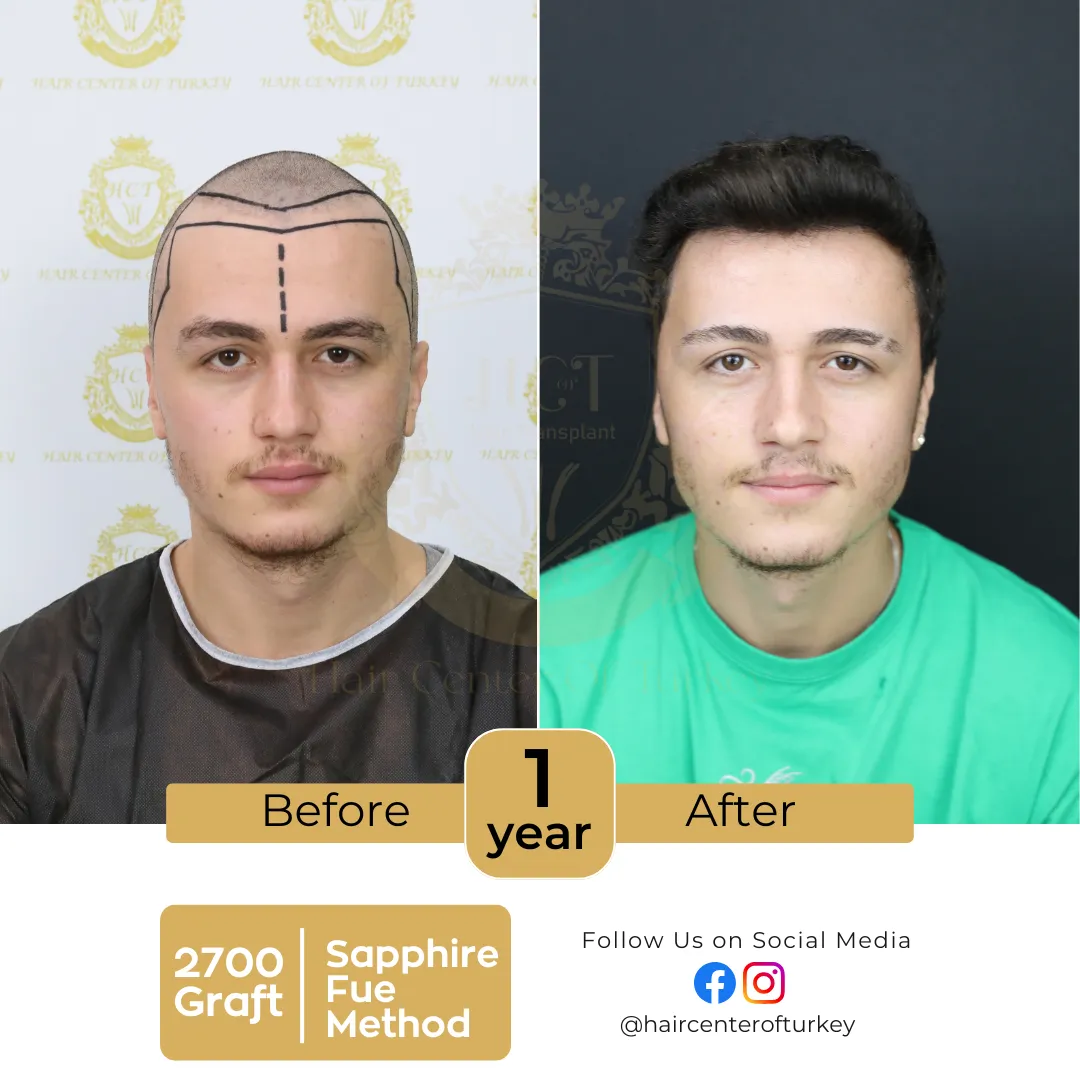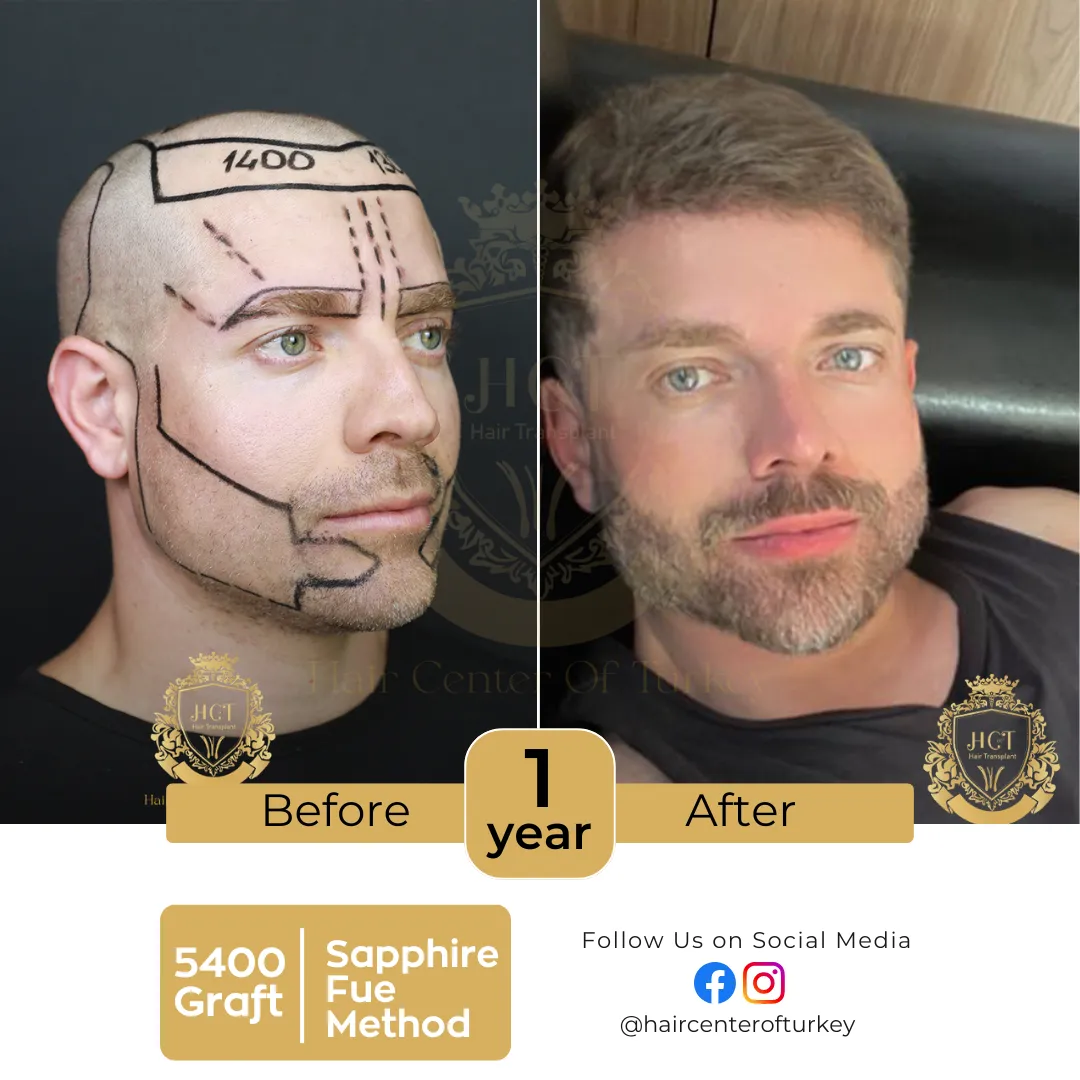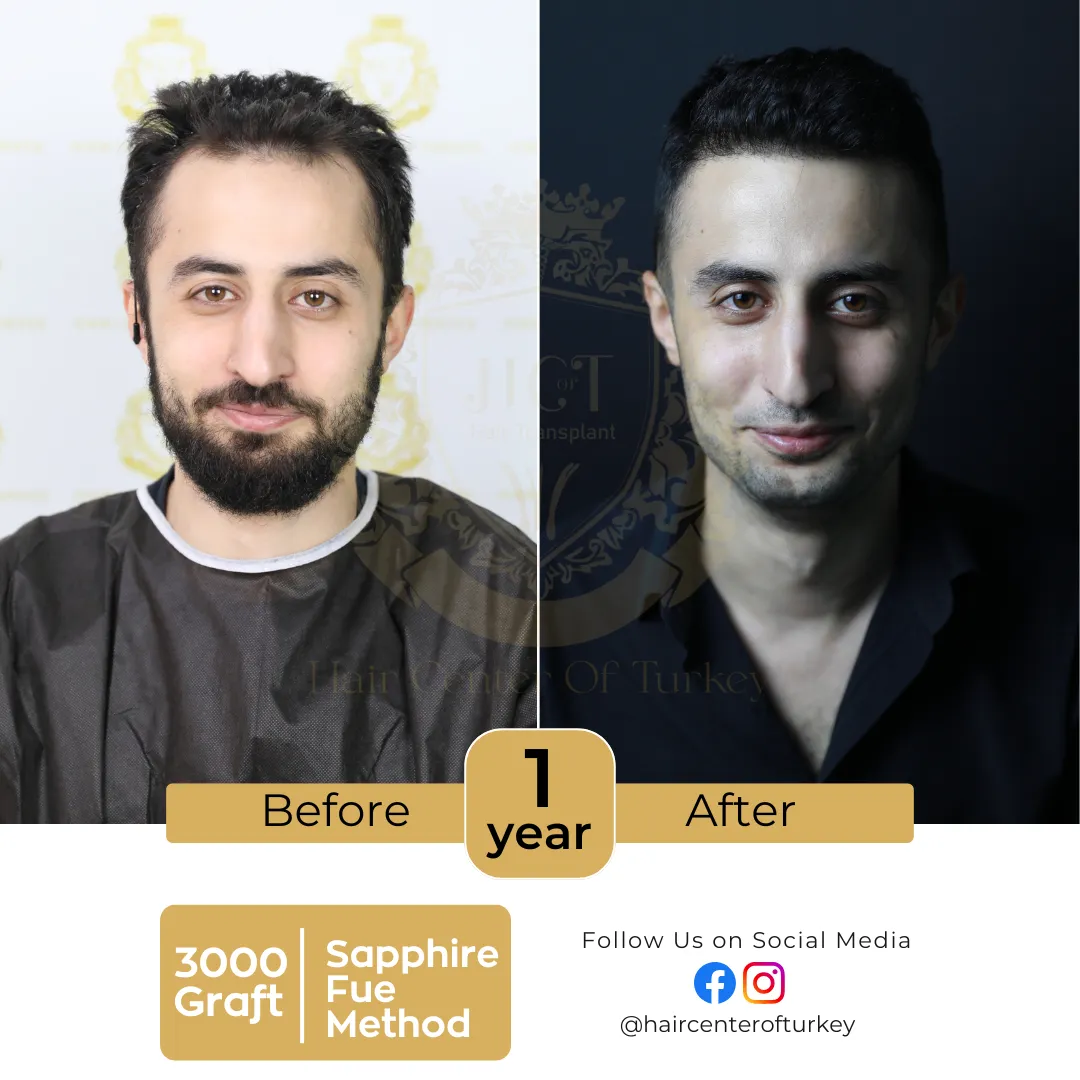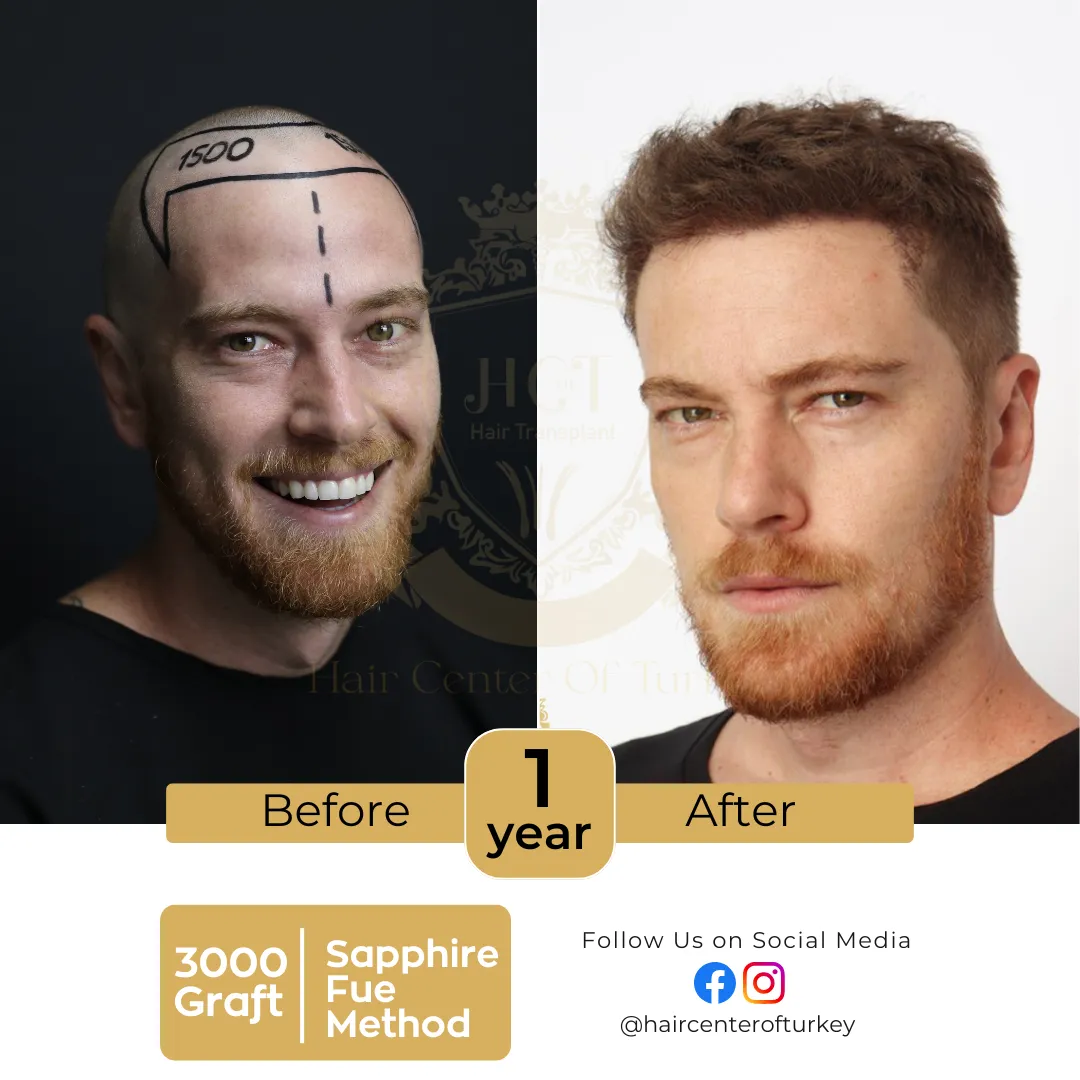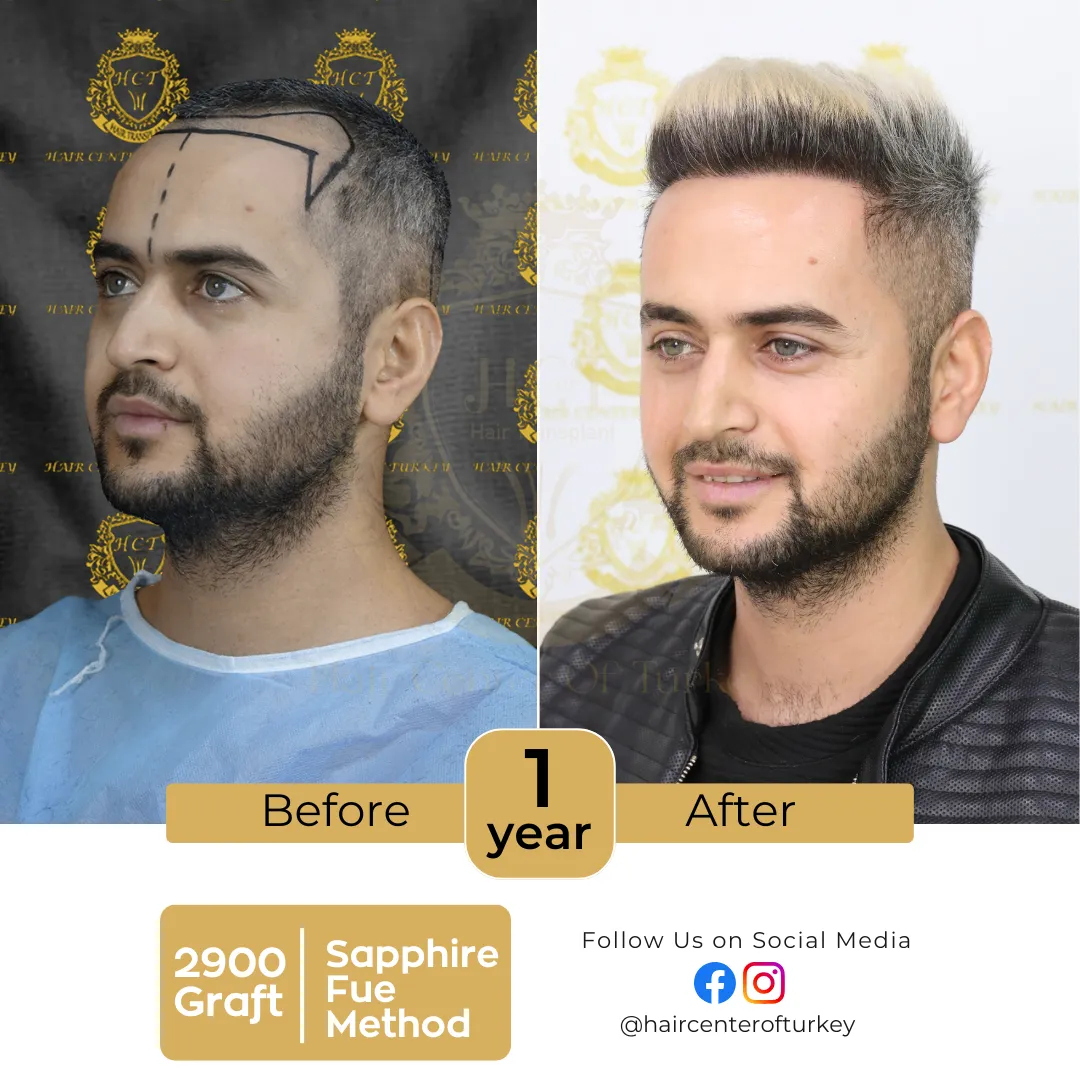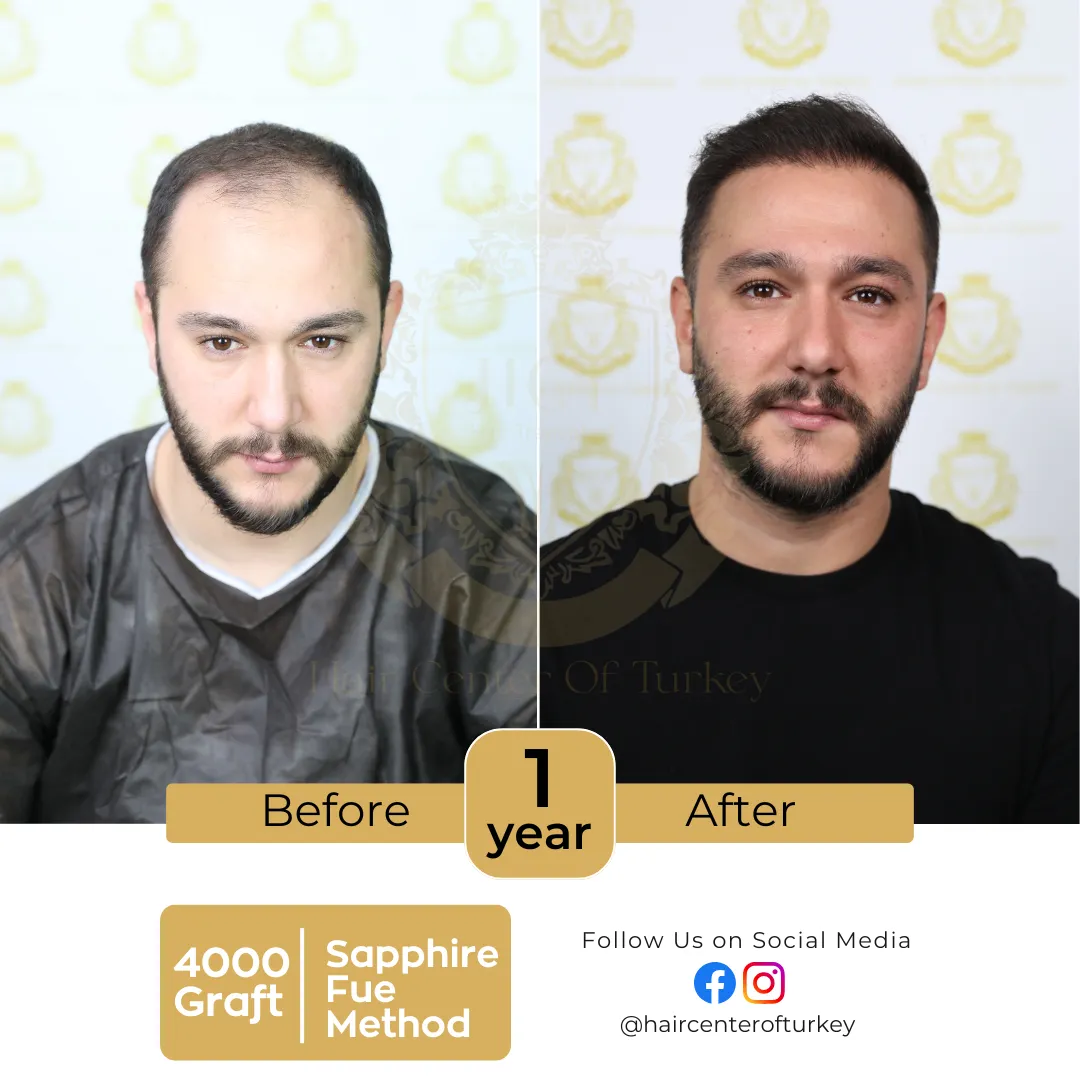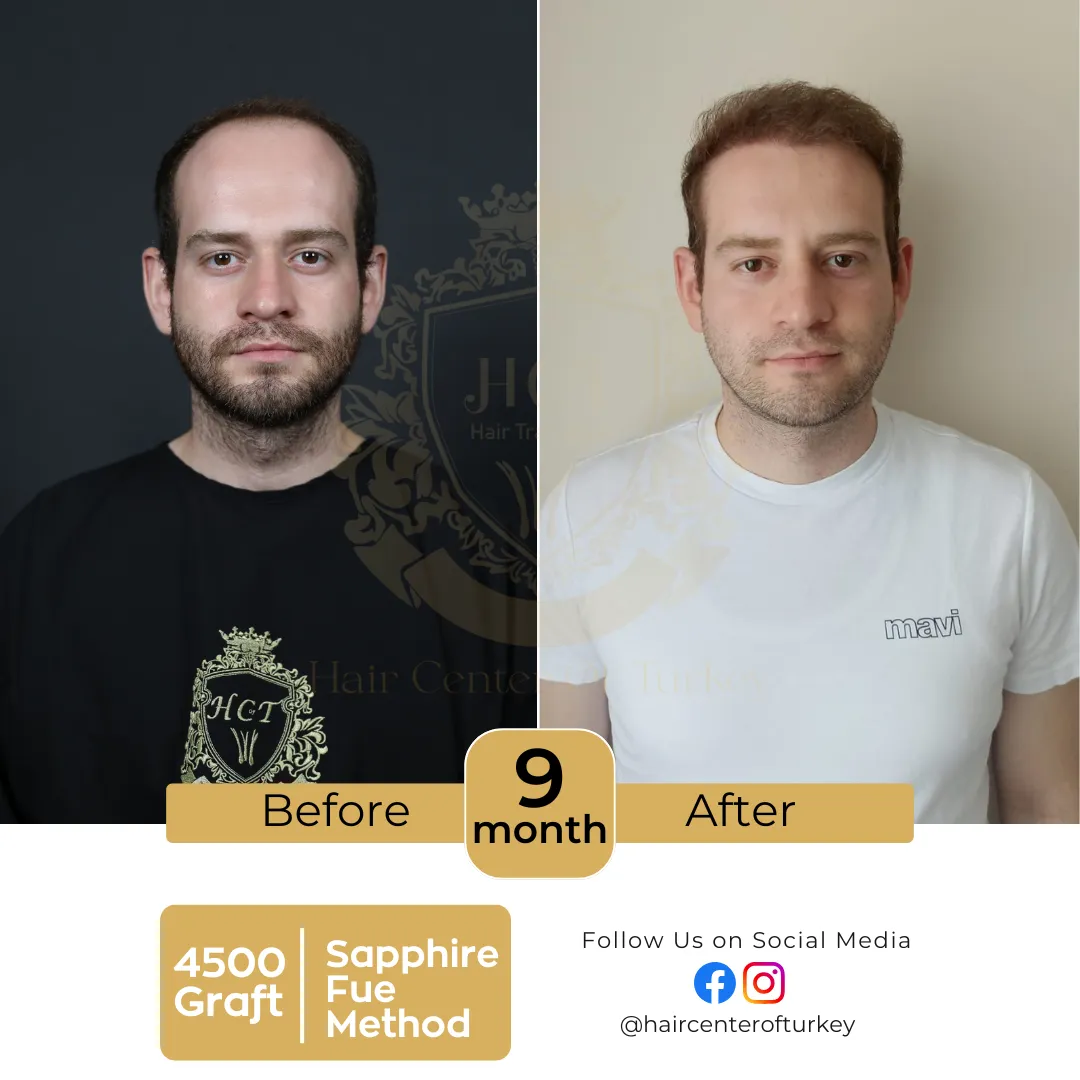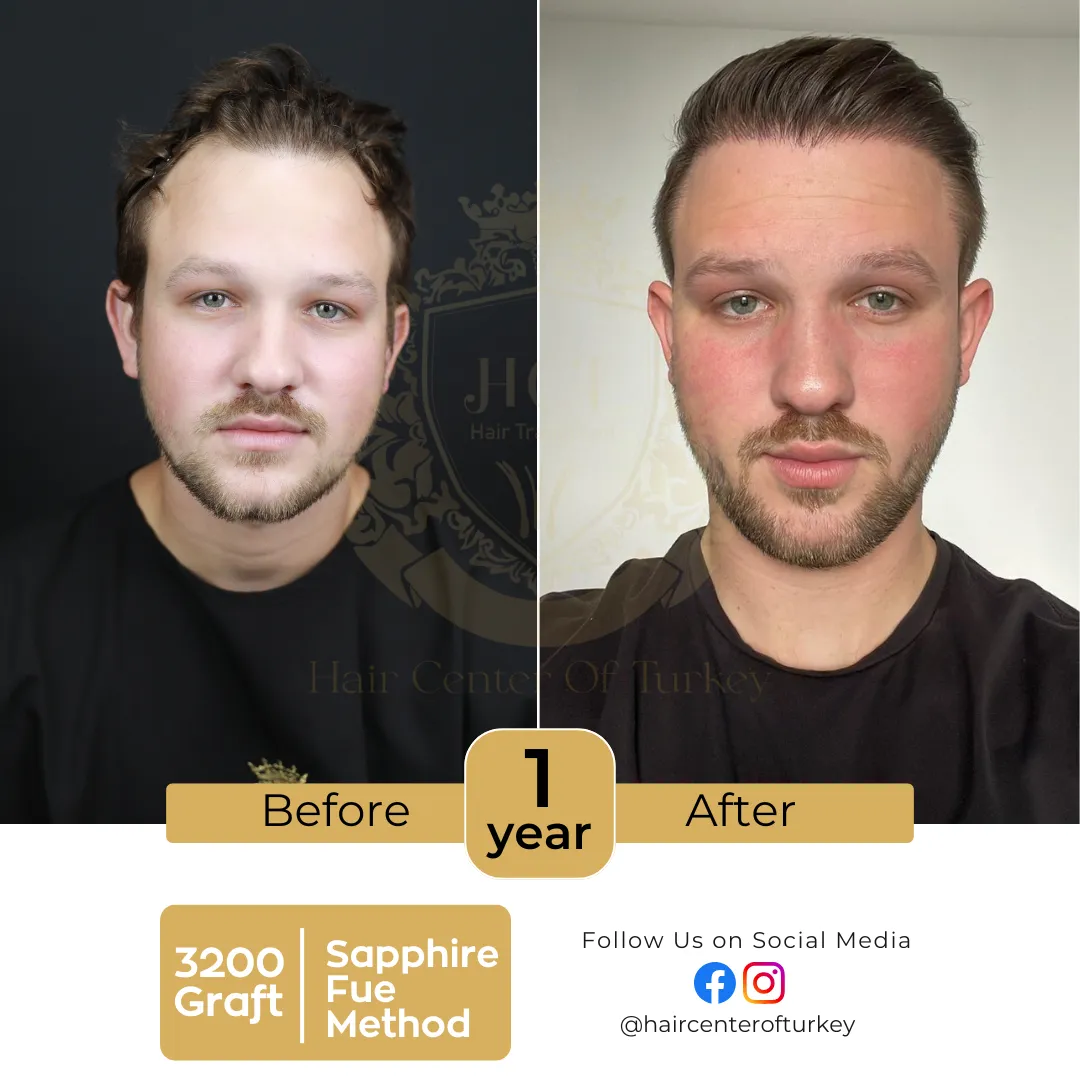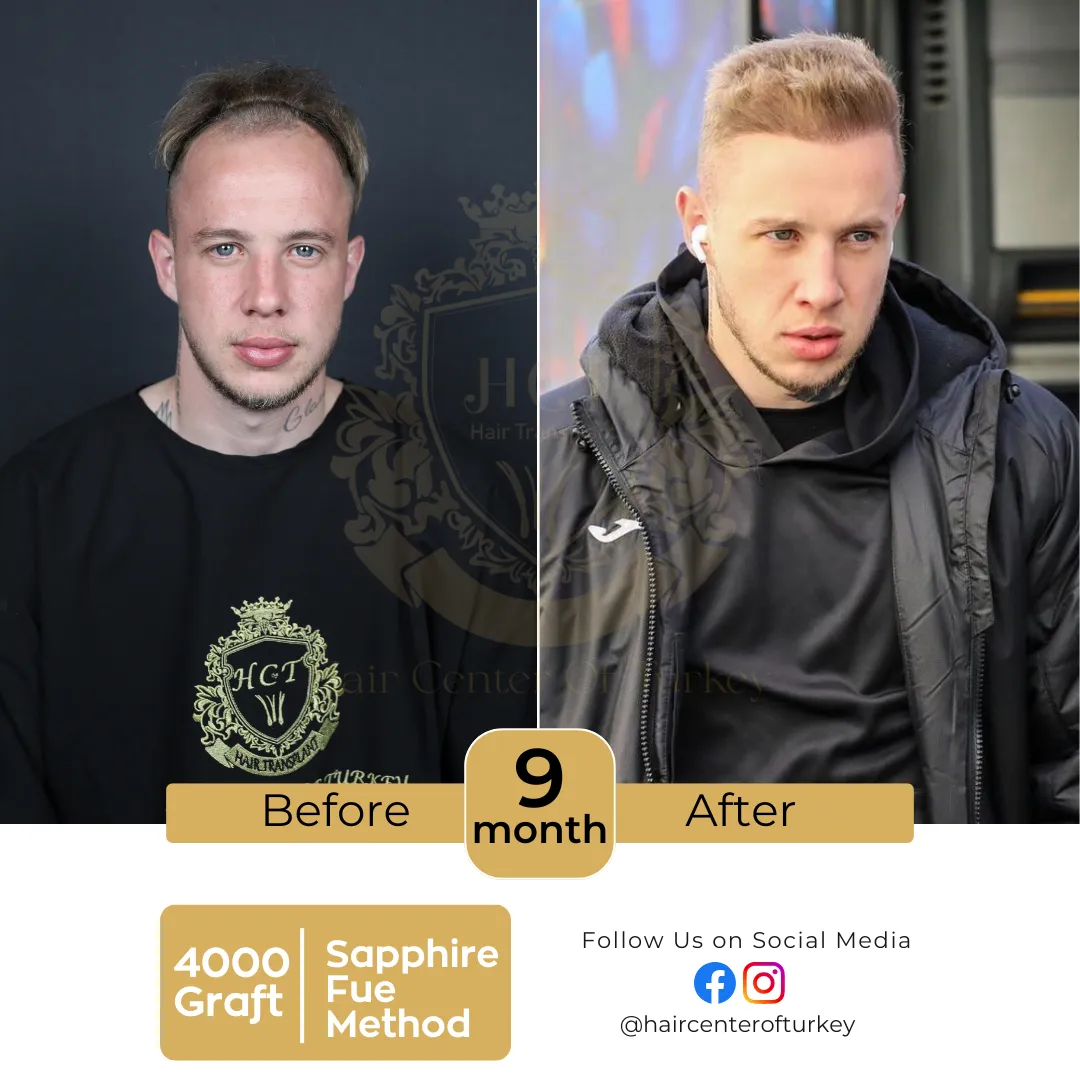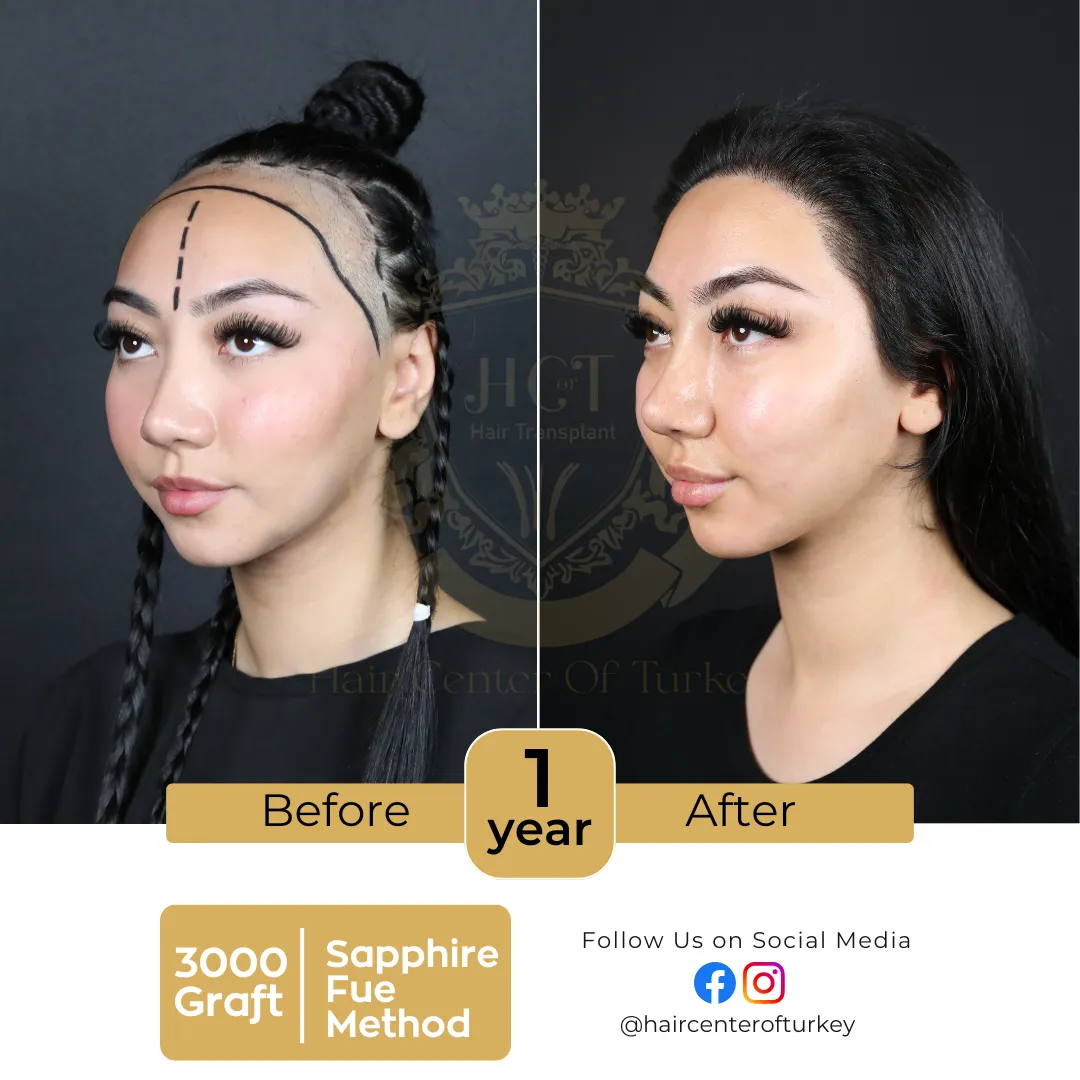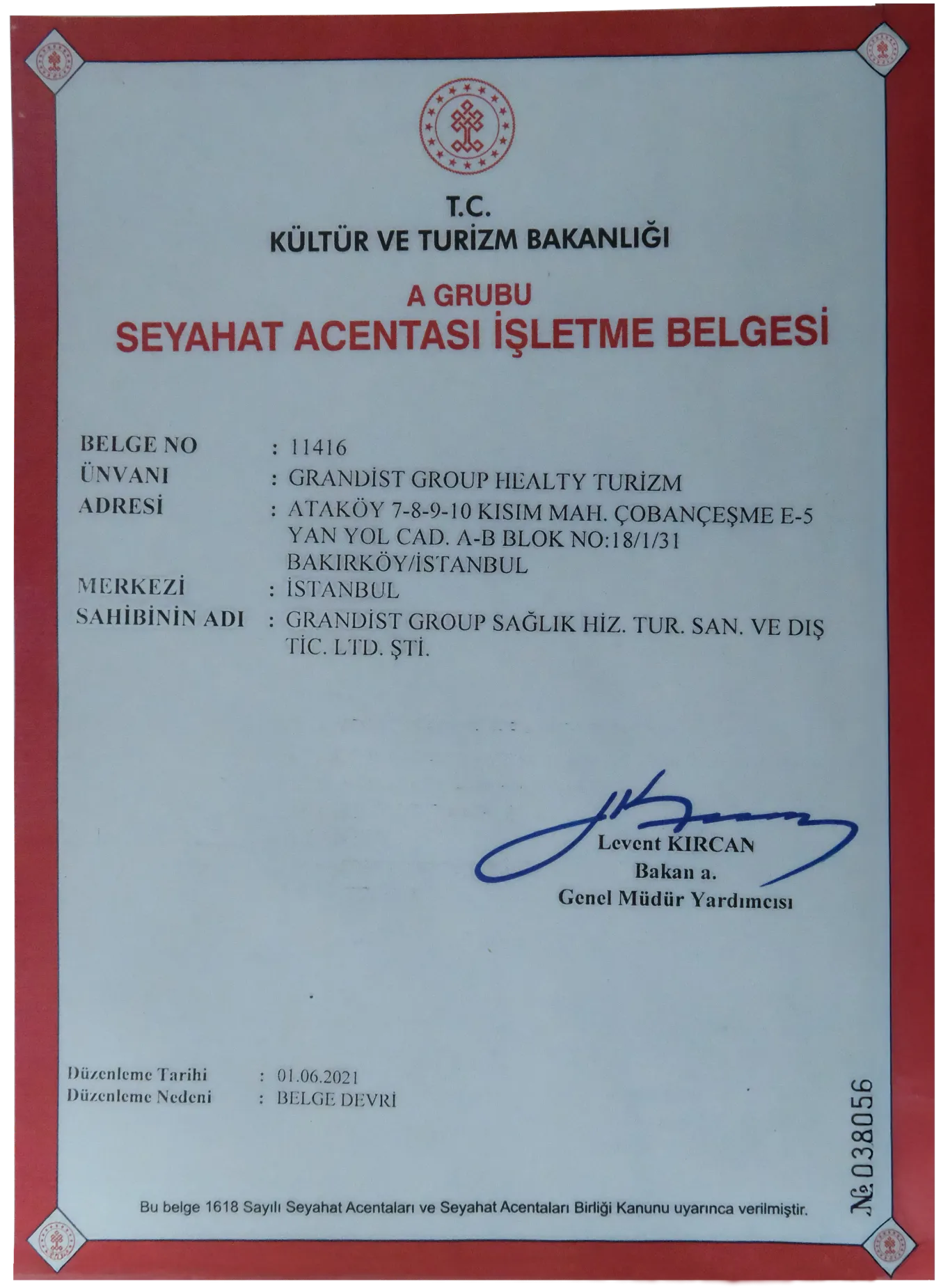Artificial Hair Transplant vs. Real Hair Transplant
Hair restoration is a significant decision for individuals experiencing hair loss. Two popular methods for addressing this issue are artificial hair transplants and real hair transplants. This article compares these options, detailing their methods, benefits, drawbacks, and suitability for different candidates to help you make an informed choice.
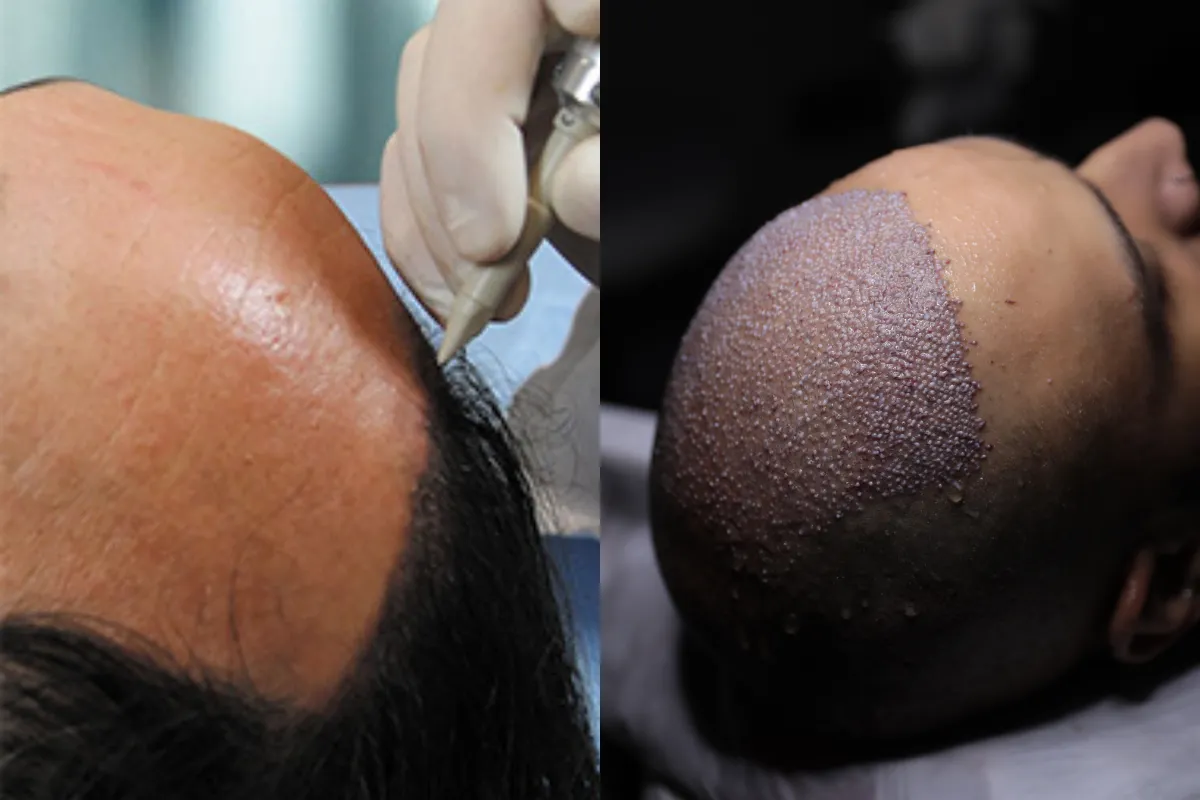
What Is an Artificial Hair Transplant?
Artificial hair transplant is a cosmetic procedure where synthetic fibers are implanted into the scalp to mimic natural hair. These fibers are often made from biocompatible materials to reduce the risk of allergic reactions or rejection by the body.
Key Characteristics of Artificial Hair Transplants:
- Immediate Results:
Synthetic fibers provide instant hair density, making them suitable for those seeking quick outcomes. - Customizable Options:
Patients can select the desired length, color, and texture of the synthetic hair. - Non-Dependence on Donor Hair:
This method is ideal for individuals with insufficient donor hair for traditional transplants.
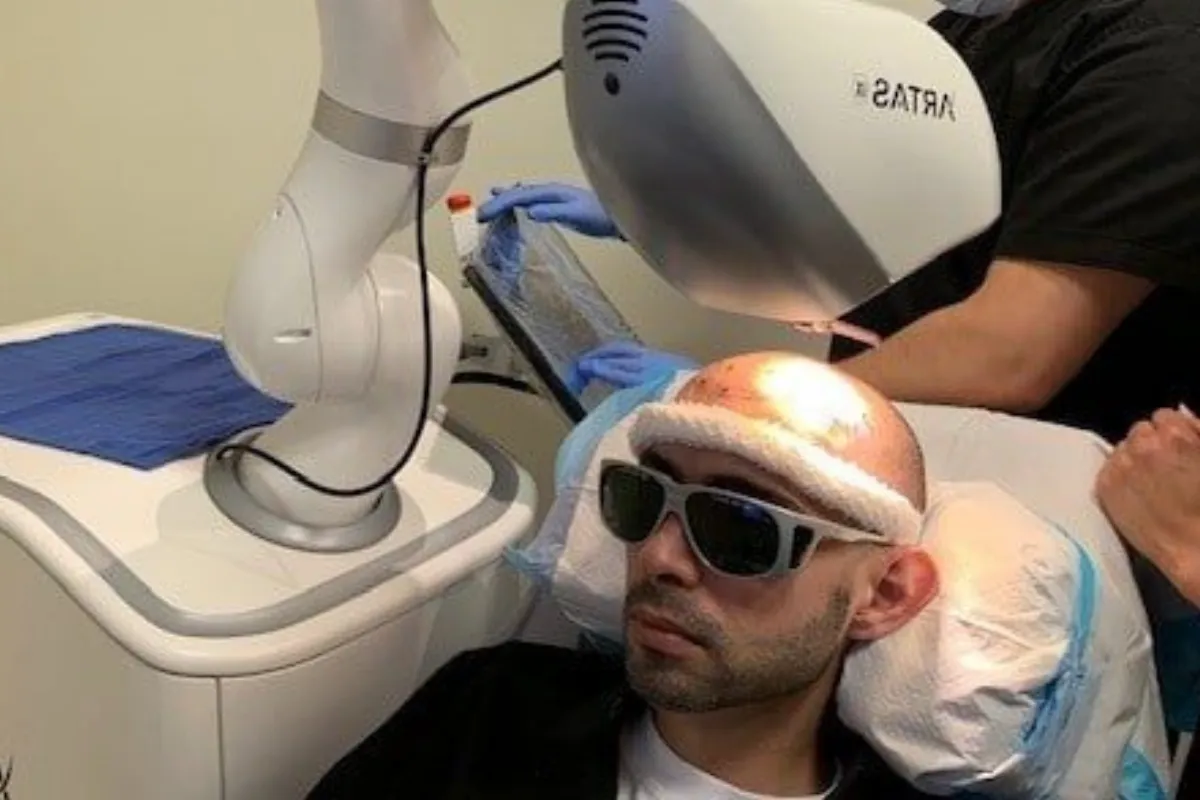
What Is a Real Hair Transplant?
Real hair transplant involves relocating hair follicles from a donor area (usually the back or sides of the head) to the balding regions. Techniques such as Follicular Unit Extraction (FUE) and Follicular Unit Transplantation (FUT) are commonly used for this procedure.
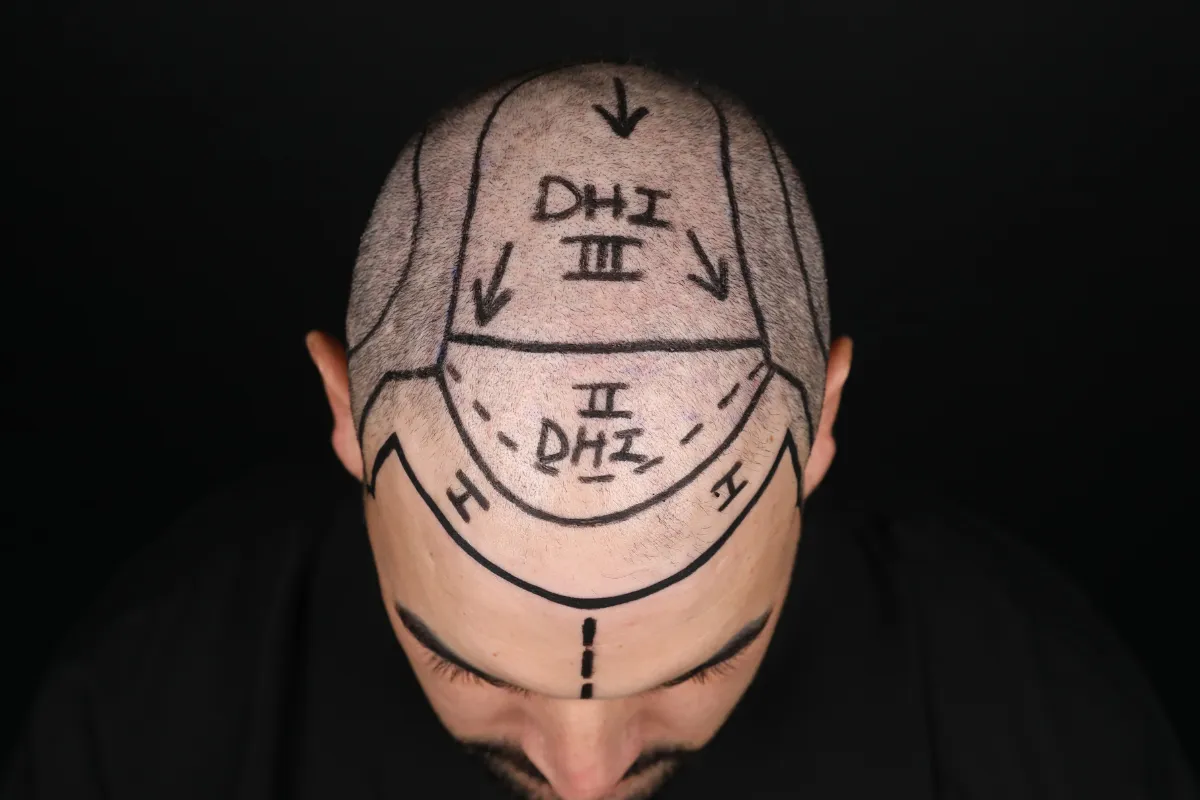
Advantages of Real Hair Transplants:
- Natural Growth: Transplanted hair grows naturally and can be styled as desired.
- Permanent Results: Once the follicles establish themselves, the results are long-lasting.
- Low Maintenance: Unlike artificial hair, real hair does not require special upkeep.
Real hair transplants are considered the gold standard for hair restoration due to their natural appearance and durability. However, they require a healthy donor area and may take several months for the final results to become visible.

Comparing Artificial Hair and Real Hair Transplants
| Aspect | Artificial Hair Transplant | Real Hair Transplant |
|---|---|---|
| Material | Synthetic fibers | Patient’s natural hair |
| Longevity | Temporary, requires maintenance | Permanent, once follicles take root |
| Natural Appearance | Less natural, may look artificial | Completely natural |
| Recovery Time | Minimal downtime | Requires healing time |
| Risk Factors | Infection, rejection of synthetic fibers | Minor risks, such as scarring |
Which Option Is Right for You?
The choice between artificial and real hair transplants depends on individual circumstances. Artificial hair transplants are ideal for those with insufficient donor hair or those seeking immediate results. Real hair transplants, on the other hand, are best for individuals looking for a long-term, natural solution to hair loss.
Both artificial and real hair transplants offer solutions for hair restoration, but their suitability varies based on individual needs and expectations. At Hair Center of Turkey, we specialize in advanced hair restoration techniques to deliver the best possible outcomes for our clients.
F.A.Q. (Frequently Asked Questions)



